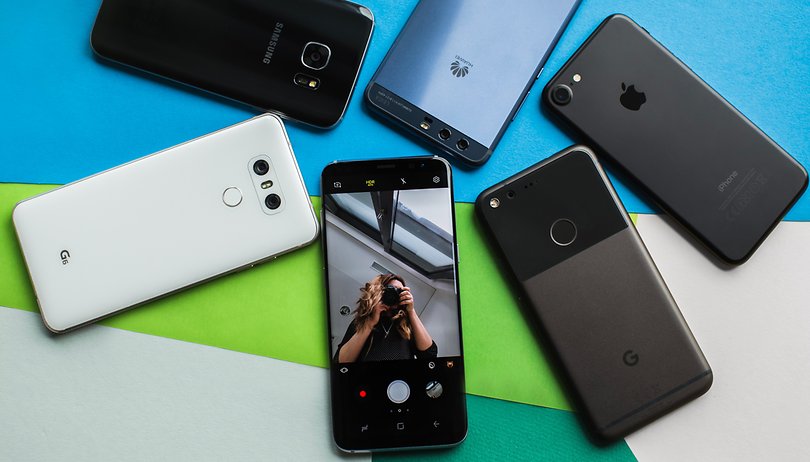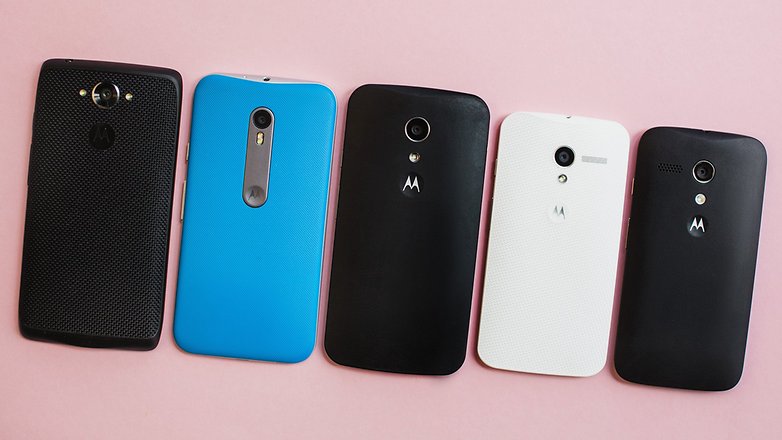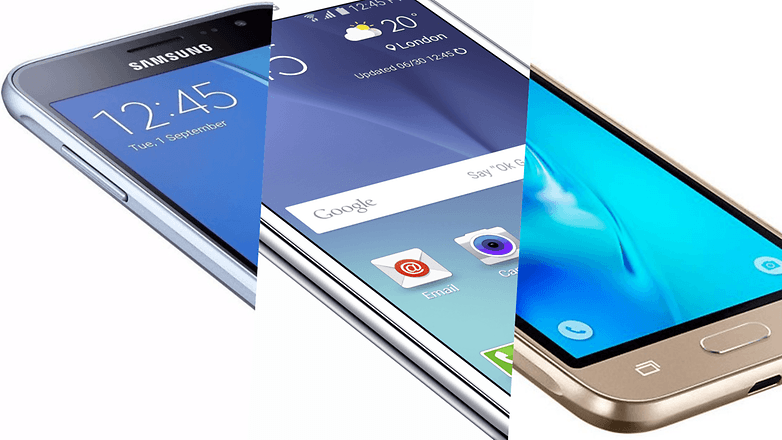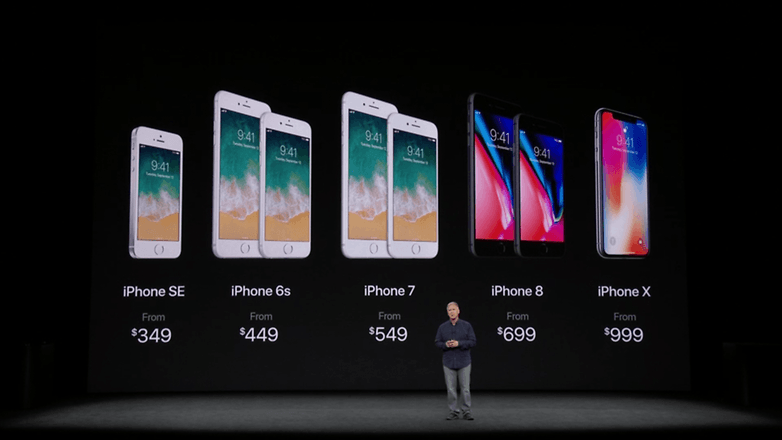Ok, enough: Why are there so many phones launched each year?


Recently, some businesses known for their lean product lines have decided to invest in a lot more devices. However, this has made the fans of some brands pretty unhappy. They accused the businesses of losing control, of overdoing it. So, what’s the reason behind this phenomenon?
Right from the get-go, Motorola comes to mind. When the business was bought by Google, its line of devices was limited to just three: Moto E, Moto G, and Moto X. The unparalleled cost/benefit and intriguing features of the Moto G made it one of the most sold devices in the history of the business.

Motorola now launches a ton of devices / © ANDROIDPIT
Ten years ago, Apple changed the cell phone market forever after it launched its first, highly successful, iPhone. Year after year, Steve Jobs’ company kept it to one device per year until they started up with the Plus line, then the iPhone C, iPhone SE and now, the X. This was Apple's strategy to keep old versions in the market even when it was launching new devices.
Motorola, in 2017 alone, launched 11 devices. All the categories got moved around as well: Moto E is now premium entry-level since the Moto C took up the most basic spot. The Moto G is now more expensive, and it has more features, while the Z line marks another change of strategy. It’s now divided into two categories, the premium mid-range, and top of the line.
It’s enough to make you pull out your hair, curse, and promise to never buy another phone from them again. So, what’s the reason behind all of these releases? Why did Motorola take on the burden of managing the updates and buying the hardware for so many different phones, not to mention risking its excellent reputation with consumers? Let’s take Samsung, for example. Samsung has released 23 devices into the market. If it sells more of even the most basic device, like the J2, it’d be doing something right, wouldn’t it?

The strategy at work here is simple: it comes down to shelf space. This is a market concept explored by many different segments of the industry: food, sporting goods, courses, cars, and electronics. The more space you take up, the more you’ll be seen by consumers.
Let's look at an example: a man walks into a store (or a web page) with $350 looking to buy a smartphone and looks around at the options (or talks to a salesperson). If it were 2013, that person wouldn’t buy a Motorola. At that time, the company only had the Moto G, which was very basic at $179, and the Moto X, which was too expensive, with a launch price of $579.99. That's a big difference.
Furthermore, the salesman would show them a variety of Samsung and LG devices at multiple price points and with different specs. Sometimes, even more than one at the same price point with different features, like a stylus or different screen size. A prospective customer would be more than happy with one of those brands.
Nowadays, Motorola has new options that range from $150 to $720, which makes it much easier to win over clients. If they want more battery but aren’t too worried about hardware, there’s something for them. If they want more battery and hardware but without breaking the bank, they have that too. The number factor is also important: what brand was Quantum again, with its one device named Go? Those who don't know much about phones wouldn’t go with that brand. How about if they had five devices, even if they are pretty similar? Well, that changes things a bit.

And the iPhone? It’s basically the same idea, but they go about it from a different angle. As I said, the company keeps older models on the market to cover those clients who have less spending power but still want an iPhone. The iPhone 4 is still sold to people who want an iPhone but can’t afford a new one.
Nowadays, there are other options like the iPhone SE if you want a smaller display, iPhone 6 to spend less, iPhone 7 if you want a bit more power but can’t quite afford the new one, iPhone 8 if you want the latest thing but don’t want to sell a kidney to get it, and lastly, the iPhone X, for any early adopters, who don’t care about spending more to have the best there is.
Obviously, there are other reasons to have an extensive product line, but this is really the main one. For our readers who understand technology and know more about smartphones, it might all seem a bit pointless. You do your research, and you choose which phone works best for you. However, not everyone takes their gadgets so seriously, and sometimes, they just want something that does the bare minimum and fits into their budget.
Do you agree? Why do you think some companies have started launching so many devices?




















The only problem with so many phone options is that manufactures often 'abandon' them after they hit the market. In other words there is no plan in place to keep the software up to date and or do security patches. Take motorola they just announced that their lines would get upgraded to Oreo but not the Moto C, E4's or G4's. I don't expect new features but I do expect Security patches and if those are abandoned also then it's a huge problem!
Why are there so many new cars introduced each year? Why are there so many new TVs introduced each year? Why are there so many new routers introduced each year? Why are there so many x introduced each year?
Is this author new to the concept of capitalism? Maybe Business 101 should be required for journalism majors.
Trying to please everybody is not so simple to do,we have Premium and Budget phones produced,and loads of parents now are buying phones a lot earlier for there kids after they have played with them since they were born,and not everyone can afford to buy the iPhones ,as they will be so worried of the kids breaking there phones,like they did with there toys,so starting off at a low price phone early until they fully grown up,and learn how to look after there phones,so buying a better phone every year to please there kids,will be super xmas present, so that's why we have so many phones available